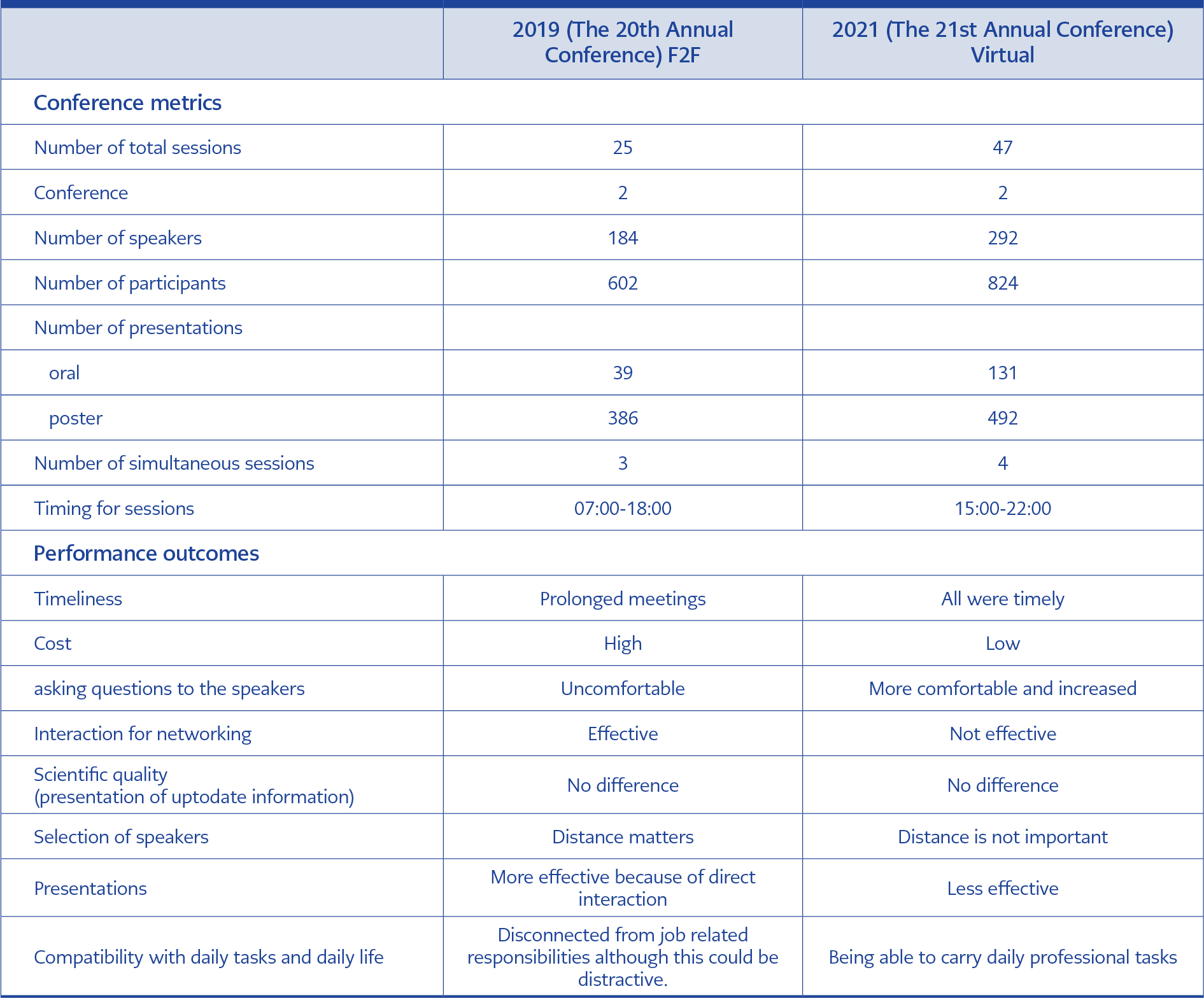About the last 10-year if not older, electronic learning as a training method in infectious diseases (ID) and clinical microbiology (CM) was defined as an area to be improved. In a survey published in 2017 by the European Society of Clinical Microbiology and Infectious Diseases (ESCMID), it was reported that e-learning methods were experienced by only a minority of the respondents and 43.5% of CM and 44.5% of ID trainees wanted to have more e-learning opportunities (1). Most respondents considered training in e-learning systems and continuing medical education programs insufficient (1). The survey was performed before the pandemic and identified the limited use of modern learning methods such as e-learning in CM/ID training programs, which contrasts with other medical fields, where distance learning is widespread.
By the end of 2019, an unexpected COVID-19 pandemic emerged, and the scientific meetings were performed de facto as virtual. While we were fighting against the pandemic at our clinics and laboratories, we had to adapt our scientific and professional interactions in many ways (2). such a historical story of resilience provided some valuable and unique experiments. We compared 2019 face to face (F2F) and 2021 virtual conferences and aimed to get some lessons for the future.
Before the pandemic, the benefits of distance learning were described particularly as having the possibility to study at one’s own pace and being followed by residents located at multiple sites. However, virtual learning opportunities during the pandemic gifted some lessons. The scientific quality of virtual meetings was similar to F2F meetings in terms of invited speakers, the content of the talks, and coverage of the topics in the field (3). The sessions of the virtual conference were on time, although F2F the sessions were sometimes prolonged. The technical capacity of virtual meetings increased significantly since the beginning of the pandemic (Table 1).
Missing socialization and F2F interaction were the most significant complaints coming from the participants. However, in terms of interaction, we observed that the participants were more comfortable asking questions to the speakers in virtual meetings. We should also note that the increase in social media use could be associated with virtual meetings. In 2020 and 2021, we got some lessons from the virtual conferences, and during 2022, we will implement hybrid examples in certain areas.
